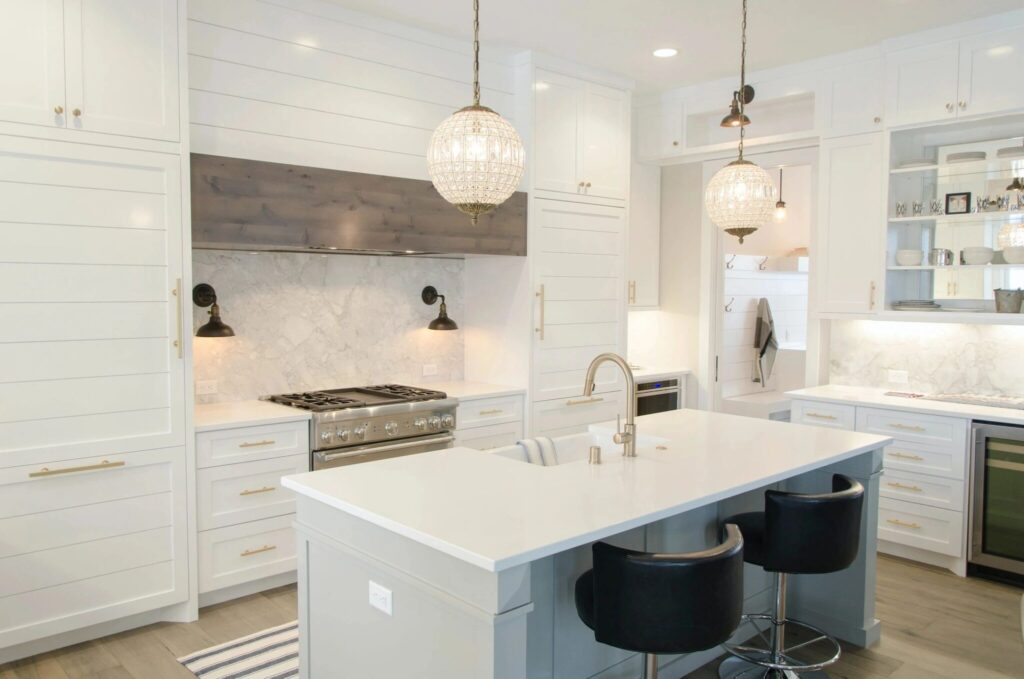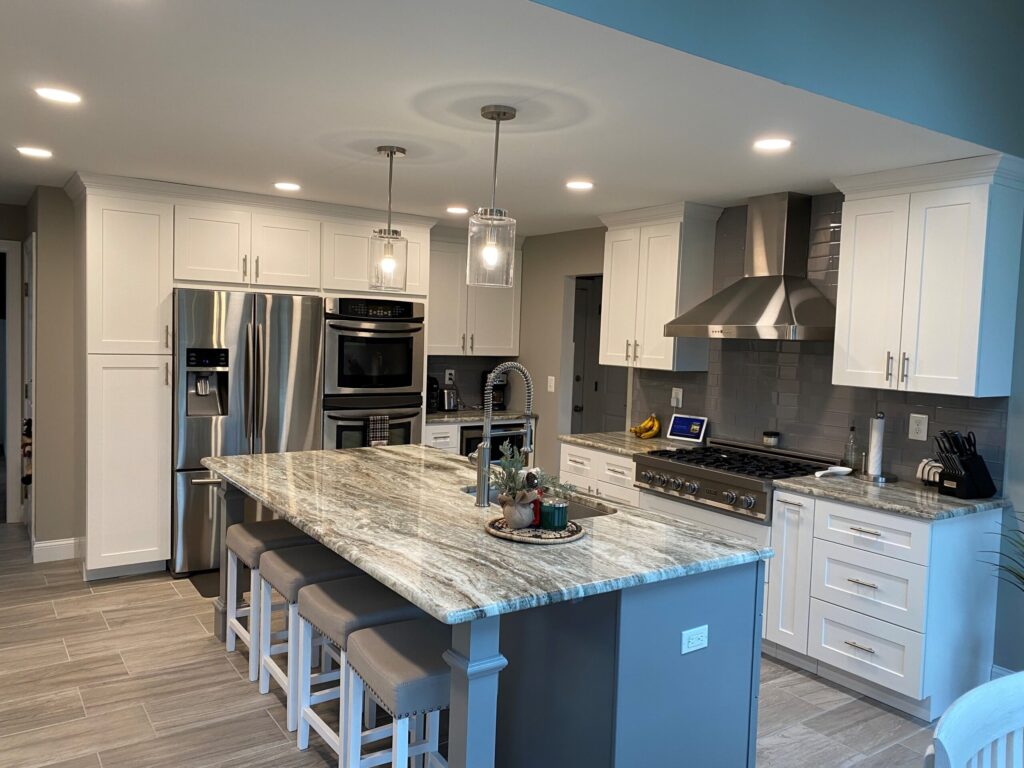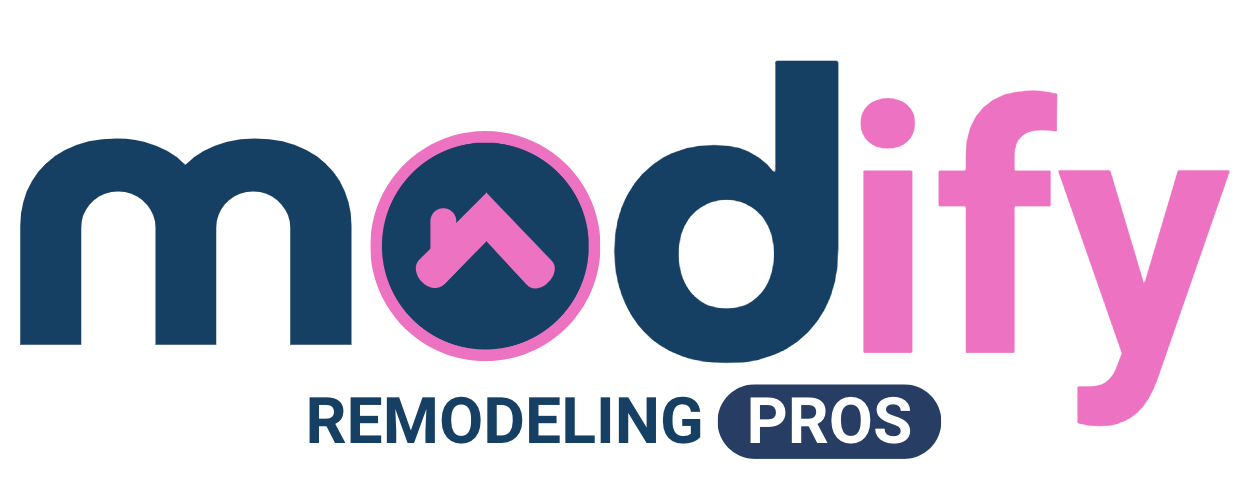Your kitchen is more than just a place to cook; it’s the heart of your home, where family and friends gather, memories are made, and delicious meals are prepared. However, over time, kitchens can show signs of wear and tear, become outdated, or simply no longer suit your needs.
If you’ve been dreaming of a kitchen makeover, but the financial aspect has been holding you back, this blog post is for you. We will discuss:
- The reasons why remodeling your kitchen is a great idea
- The average costs involved
- Why financing can be a smart choice
We will also explore various kitchen remodel financing options to help you achieve your dream kitchen without breaking the bank.

Reasons to Remodel Your Kitchen
If you’re thinking about taking on a remodeling project, it’s important to have a clear “why.” Here are some of the top reasons to remodel your kitchen.
- Enhanced Functionality: One of the primary reasons to remodel your kitchen is to enhance its functionality. An outdated or poorly designed kitchen can make everyday tasks cumbersome. You can create a more efficient and user-friendly cooking environment by redesigning the layout, adding modern appliances, and increasing storage space.
- Increased Home Value: Investing in a kitchen remodel can significantly boost the resale value of your home. A well-designed and updated kitchen is a major selling point for potential buyers. It not only makes your home more appealing but can also justify a higher asking price.
- Energy Efficiency: Older kitchens may lack energy-efficient appliances and lighting, resulting in higher utility bills. A remodel can include the installation of energy-efficient appliances, LED lighting, and improved insulation, helping you save money in the long run.
- Aesthetic Appeal: If your kitchen’s aesthetics have become outdated or simply don’t match your style anymore, a remodel can give it a fresh, modern look. From new countertops and cabinets to updated color schemes, a revamped kitchen can bring a sense of joy and pride to your home.
- Safety and Maintenance: Outdated kitchens may have safety hazards or require frequent repairs. A remodel can address these issues, ensuring a safer and more low-maintenance space for you and your family.
Average Costs of a Kitchen Remodel
Before diving into financing options, it’s essential to have a realistic understanding of the average costs associated with a kitchen remodel. Keep in mind that costs can vary significantly depending on factors such as your location, the scope of the project, and the materials used. Here’s a breakdown of potential expenses:
- Design and Planning: 4-6% of the total budget. Initial design and planning costs include consultations with designers and architects, permit fees, and the creation of a detailed plan for your remodel.
- Cabinets and Countertops: 30-40% of the total budget. Cabinets and countertops are often the most significant expenses in a kitchen remodel. High-quality materials and custom designs can drive up costs, so it’s crucial to set a budget and stick to it.
- Appliances: 14-20% of the total budget. Modernizing your kitchen with new appliances can be costly, especially if you opt for top-of-the-line models. Be sure to research and compare prices before making a purchase.
- Flooring: 8-10% of the total budget. Flooring options range from affordable vinyl to high-end hardwood or tile. The choice of materials will impact the cost of your remodel.
- Plumbing and Electrical: 12-15% of the total budget. Updating plumbing and electrical systems may be necessary to accommodate new fixtures and appliances. Costs can vary depending on the complexity of the work.
- Fixtures and Finishes: 8-10% of the total budget. Fixtures like faucets, sinks, and lighting can add style and functionality to your kitchen. High-quality finishes may come with a higher price tag.
- Labor and Installation: 20-25% of the total budget. Labor costs can vary significantly, so it’s essential to obtain multiple quotes from contractors. Installation expenses cover the construction and assembly of cabinets, countertops, and other components.
- Contingency Fund: 10% of the total budget. It’s wise to set aside a contingency fund to account for unexpected expenses that may arise during the remodel.
Why You Should Consider Financing
Now that you have an idea of the potential costs of a kitchen remodel, you might wonder why financing is a sensible option. Here are some compelling reasons:
Preserve Your Savings
Using your savings or emergency fund for a kitchen remodel can deplete your financial safety net. Financing allows you to keep your savings intact for emergencies or other essential expenses.
Enjoy Immediate Benefits
A kitchen remodel can improve your quality of life and home value right away. Financing allows you to enjoy these benefits without waiting until you’ve saved enough money.
Tax Deductions
In some cases, the interest on home improvement loans or lines of credit may be tax-deductible. Be sure to consult with a tax professional to explore potential tax benefits.
Flexible Payment Options
Financing offers flexible repayment terms and options that can fit your budget. You can choose fixed-rate loans, variable-rate loans, or lines of credit based on your preferences and financial situation.
Increased Home Equity
Investing in your home through a remodel can lead to an increase in home equity, which can be valuable for future financial endeavors.
7 Different Types of Financing for Your Kitchen Remodel
Now that you understand the benefits of financing, let’s explore the various options available to fund your kitchen remodel:
1) Home Equity Loan
A home equity loan allows you to borrow a lump sum against the equity in your home. The interest rates are generally fixed, making it easy to budget for repayments. However, your home serves as collateral, so be cautious about your ability to make payments to avoid risking foreclosure.
2) Home Equity Line of Credit (HELOC)
A HELOC is a revolving line of credit that uses your home’s equity as collateral. You can borrow and repay funds as needed, making it a flexible option. Interest rates are typically variable, so be prepared for potential rate fluctuations.
3) Personal Loans
Personal loans are unsecured loans that don’t require collateral. They can be used for various purposes, including kitchen remodels. Interest rates and terms may vary based on your credit score and lender.
4) Credit Cards
Credit cards can be used for smaller kitchen remodels or as a temporary financing solution. Be cautious of high-interest rates, and try to pay off the balance quickly to avoid accumulating excessive debt.
5) Government Loans and Grants
In some cases, you may qualify for government loans or grants designed to promote energy-efficient home improvements. Research federal and state programs that may offer financial assistance for your remodel.
6) Cash-Out Refinancing
Cash-out refinancing involves taking out a new mortgage with a higher balance than your current one and receiving the difference in cash. This option may offer lower interest rates, but it increases your mortgage debt.
7) Home Improvement Loans
Some lenders offer specific home improvement loans tailored to renovation projects. These loans may have competitive interest rates and favorable terms.
Learn all About Kitchen Remodel Loans

A kitchen remodel is a significant undertaking that can transform your home and enhance your daily life. While the costs may seem daunting, financing options make it possible to achieve your dream kitchen without draining your savings. Carefully consider your budget, explore financing options, and consult with professionals to ensure a successful and rewarding kitchen remodel. With proper planning and financing, you can turn your culinary space into a functional and aesthetically pleasing haven for you and your family.
When you need help with all of your home improvement projects, Modify Remodeling is the one to call! Contact us today to get started!
WANT TO KNOW MORE?
Begin a FREE Consultation.
- Send us your info.
- We’ll contact you to schedule an appointment.
- An energy consultant will meet with you at your home, place of business or virtually.
- You will get a custom proposal with system size, design, costs, financing, and savings.
